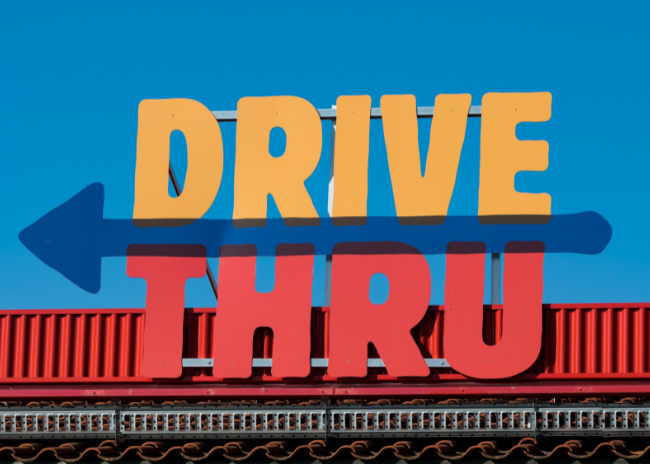Water. It's the lifeblood of most any restaurant. As such, it becomes one of a restaurant's most expensive line items and the cost shows no signs of receding.
"Water and sewer rates are going up significantly, about two to three times gas and electricity rates," says Amin Delagah, project engineer for Fisher-Nickel, Inc. and the Food Service Technology Center (FSTC). "It is more important today to try to manage your water use because it is an escalating cost."
Why are water and plumbing so important to a restaurant's fiscal success? Start with the fact that restaurants can pay for water up to three times: to bring it into their buildings, to heat it and eventually to dispose of it. "You pay significantly more for waste water and that's not something many restaurant owners know," says Delagah, who adds that municipalities often list sewer rates for restaurants and other businesses on their websites. In the San Francisco Bay Area, for instance, "Compared to retail or miscellaneous commercial businesses restaurants pay on average 65 percent more in sewer costs. It is a significant number."
What can restaurant operators do to ensure their locations make the most effective and efficient use of this essential natural resource? The plumbing world offers a variety of options to consider. Low-flow toilets and urinals represent natural first steps but another type of low-hanging fruit may be in plain sight.
Look around the restaurant to make sure sinks are not leaking and low-flow aerators are installed. For example, hand sinks typically feature 2.2 gallon-per-minute aerators, if they have any at all, according to the FSTC.By switching to a .5 gallon-per-minute aerator, restaurants can reduce water consumption and lower costs by as much as $100 per year, per hand sink, according to the FSTC. Carefully placing hand sinks and adhering to health department requirements up front can help lower costs, too. "If they are located properly, the operation might be able to keep the number needed to a minimum," says Scott Benedict, director of production for Ricca Newmark, a Colorado-based foodservice design firm. "Use a 20- to 25-foot radius, as a rule of thumb. I will draw that on a plan to see where there might be some overlap."
Also, restaurants should consider using water brooms instead of garden hose nozzles or industrial wash-down sprayers for washing surfaces. Water brooms typically have a flow rate of 2 gallons per minute, while other options may consume as many as 7 gallons per minute, according to the FSTC. Further, water brooms feature wider spray arms and multiple jets that can clean faster and more efficiently.
Water Quality Counts
As the equipment restaurants use to serve guests becomes more sophisticated, water quality continues to emerge as a significant issue. For example, water with high chloramine levels can wreak havoc on equipment. "They are nasty and will eat up stainless steel," Benedict says.
And testing the water on only one occasion is not enough to monitor the situation. "You have to test multiple times because the levels may change drastically overnight," Benedict says. "It would be best to have the whole building on a water filtration system because the chloramines will eat away at everything, from foodservice equipment to sinks, faucets and more."
In fact, manufacturers of plumbing and other restaurant equipment will often document water quality levels that best suit their products to help guide operators. "It's not too difficult to get the right filter with the right piece of equipment," Benedict says.



